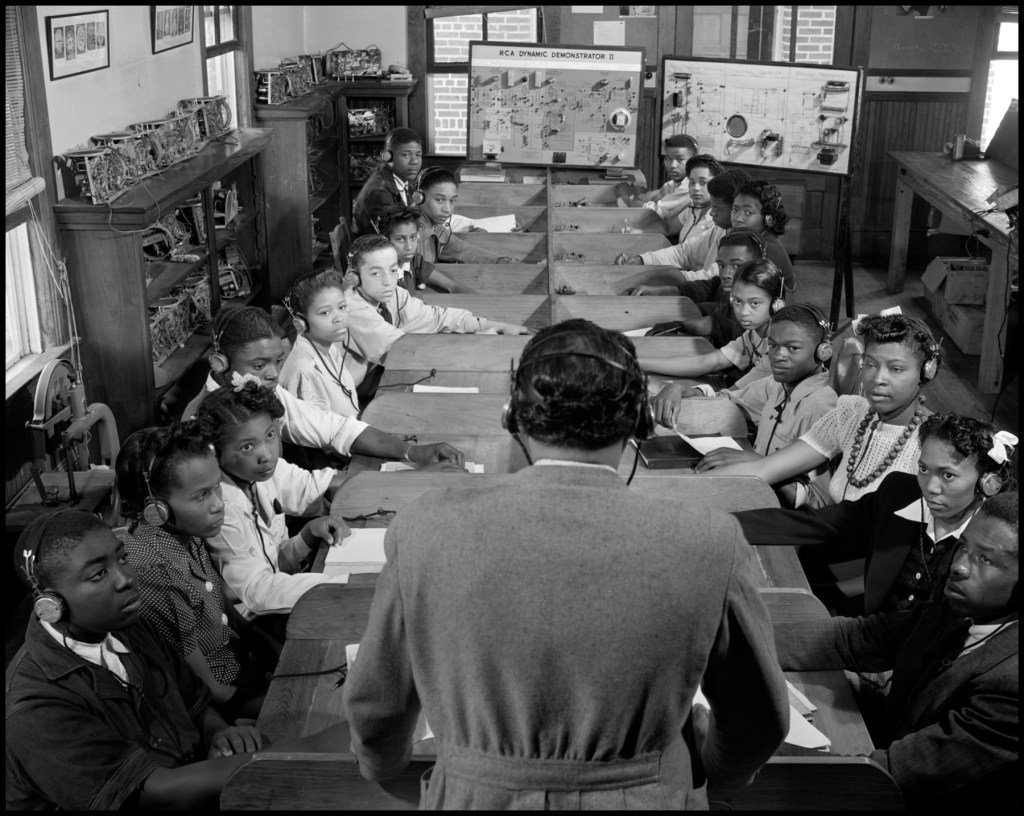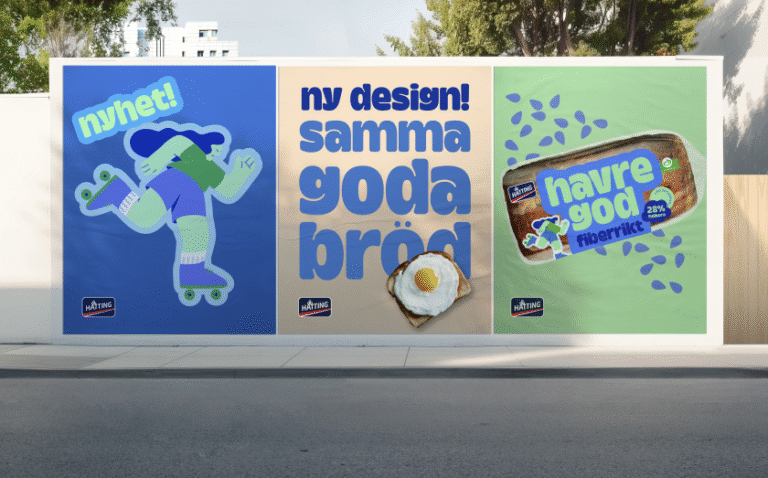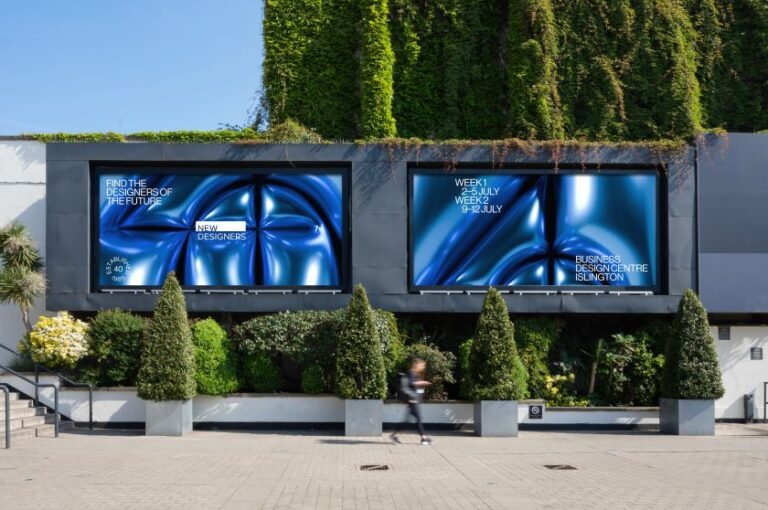

In Gordon Parks’s photograph “Radio Technicians’ Class, Daytona Beach, Florida” (1943), two rows of students gaze obediently at their professor, whose back is to the viewer. Headphones on and books open, the class is engaged, even enraptured. The work is part of a series of images Parks made while working as a photographer for the Farm Security Administration — later the Office of War Information — on the heels of a Julius Rosenwald Fellowship. Arriving in Washington, DC, in 1942 and continually refused service in public spaces, he later shared in an interview: “What the camera had to do was expose the evils of racism, the evils of poverty, the discrimination and the bigotry, by showing the people who suffered most under it.”
Parks’s image is one of three historical photographs, each acting as a kind of section introduction, on view as part of a sweeping exhibition at Amant that reflects on the cruelties and complexities of education primarily through the lens of those who’ve suffered under it. While On Education doesn’t seek to condemn the system entirely, it both examines its violence and seems to propose alternative models by way of the art object.

Among the 60-plus works in the show, one of the most visually and conceptually striking is Philip Wiegard’s “Lost Boys” (2025), a handcrafted wallpaper designed by Wiegard and made by five students from the nearby Lyons Community School, many of them artists themselves, working under his tutelage. I visited one of the workshops in February, where they painted the design — turquoise rope, purple mesh, orange curlicues — using sponges, stamps, and bubble wrap, each section meticulously divided by strings. They took their time, having learned quickly enough to maintain precision; each students’ personal touches were subtle but visible. As part of his own multidisciplinary practice, Wiegard makes wallpaper utilizing centuries-old Baroque techniques and materials, such as glue and flour. For “Lost Boys,” the students were paid to learn these skills — unlike the children employed to make wallpaper in the 17th century — a choice that allows for questions about the distinctions between labor, education, and art making.

The bright, juicy colors of “Lost Boys” are a startling backdrop for the exhibition’s largest gallery, where Stefan Tcherepnin’s sculptures of Cookie Monster-like beasts (“Cadisyphos with Baggages” and “Course Casualty,” both 2019) — one of them a bug-eyed Sisyphus dragging a school bus, the other prone on the floor — allude not merely to the intrinsic horrors of the school system, but also to childhood itself. Several oil paintings by Michela Griffo evoke the painful abuse of her own upbringing, including “Swine in the Nursery” (1982), in which sinister pigs encroach upon a ribboned bassinet, a scene observed by rows of Humpty-Dumpty figures repeated across a wall pattern. (Recent works by Griffo are also on view, including “My Childhood,” 2023.)

The cycles of abuse perpetrated by both the nuclear family and the school system seem impossible to eliminate, but On Education considers the possibility of their disruption. Cristine Brache’s “My Porcelain Hat” (2017), a dunce cap — that archetypal symbol of humiliation — accompanies a screening of the artist’s surreal and poetic short film “Carmen” (2023), in which a young woman and her mother face each other and their shared past, confronting intergenerational violence and trauma with tenderness. Elsewhere, Navajo (Diné) artist Susan Traditional Woman Hudson’s “Thank You My Grandmas and My Grandpas” (2020) is a broad, exquisite quilt featuring an image of women and girls across generations. The elders, depicted here as young girls, hold small chalkboards revealing what they suffered at the hands of the state or their families, and a plea for their children and grandchildren to pursue what they could not (“We died from forced sterilization”; “I was chained up”; “We didn’t suffer and survive for you not to get an education.”) Later generations’ chalkboards, in a row below, announce their accomplishments, as well as their love for their ancestors.
Hudson’s mother and grandmothers were forced to learn to sew in the state-mandated boarding schools designated for Indigenous children. Under the guise of education, these punitive institutions aimed to eradicate Native American languages and ways of life, forcibly subjecting Native children to cultural reprogramming. Just last year, the Department of the Interior revealed that at least 973 children died in these abusive school systems, many of them buried in both marked and unmarked graves at 65 of the schools, of which there were hundreds. Hudson’s mother eventually taught her to sew out of necessity; the artist began making clothes and quilts, which became a fundamental part of her practice — a means of control reappropriated as a gift.


In November 2015, middle and high school-aged children began autonomously occupying state schools across São Paulo, Brazil, to protest then-governor (and current Brazilian Vice President) Geraldo Alckmin’s school restructuring plan. The controversial proposal would have shut down over 90 schools and transferred over 300,000 students, likely leading to layoffs, pay cuts, and overcrowded classrooms. The artist and educator Graziela Kunsch documented the protests, alchemizing the photographs into a four-minute video, “Escolas” (2016). The students, who ranged in age from 12 to 18, barricaded themselves inside these schools, resisting police presence and violence and repurposing the infrastructure of their education, sleeping and cooking and living there, creating a community of their own.

On Education opened on March 20, the same day Donald Trump signed an executive order enabling Department of Education Secretary Linda McMahon to dismantle the agency, one of the few structures in place ensuring equity in the flawed American education system. The move, which was blocked by a federal judge last month, would give educational oversight to individual states and ultimately disenfranchise under-resourced school districts, which receive funding from the Department.
The show’s curators had been planning it for over a year, unable to imagine its unfortunate timeliness. Now, the right to even protest such decisions is endangered. If the school system itself provides any example, repressive policies and structural oppression necessitate creative forms of resistance, movements that emphasize compassion and change. On Education, unwittingly, seems to ask: What comes next?
On Education continues at Amant (315 Maujer St, Brooklyn) through August 17. The exhibition was curated by Tobi Maier, Patricia Margarita Hernandez, and Ian Wallace.


